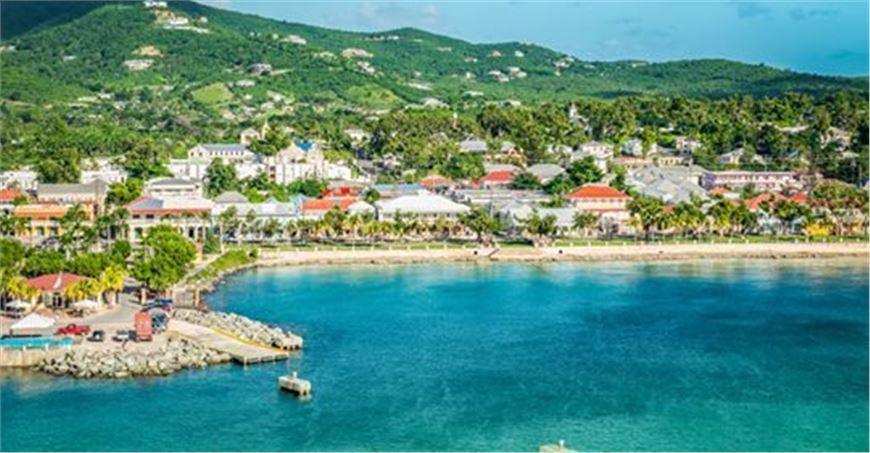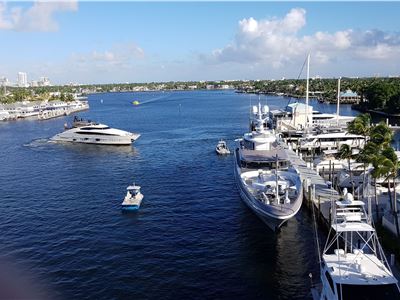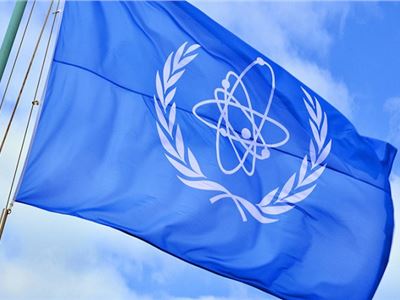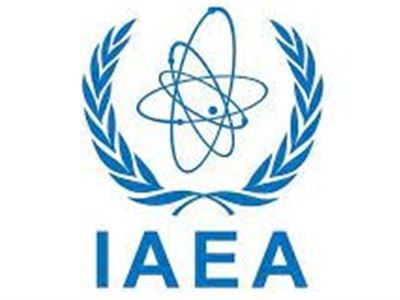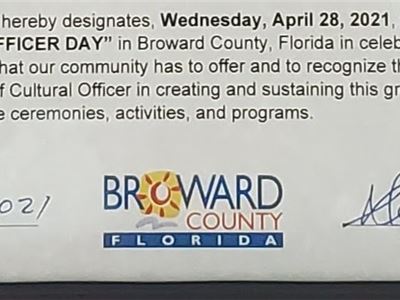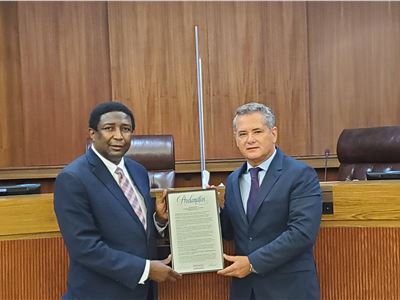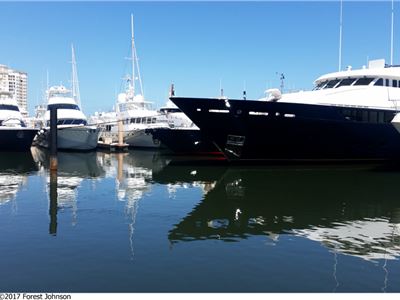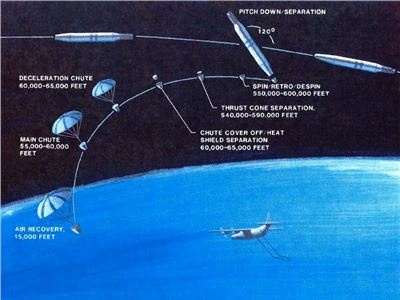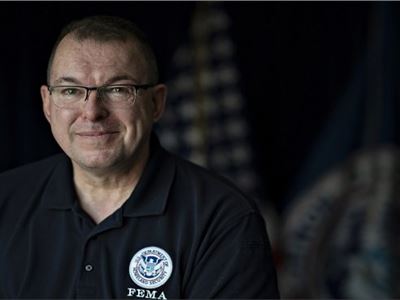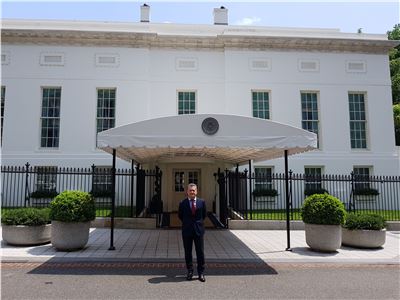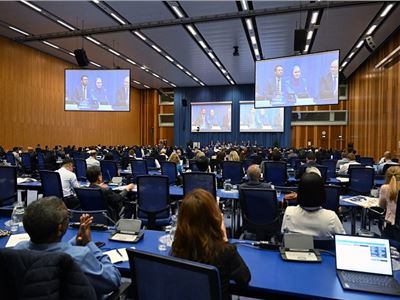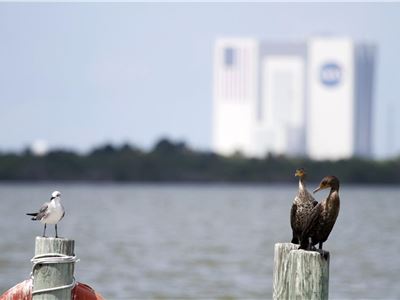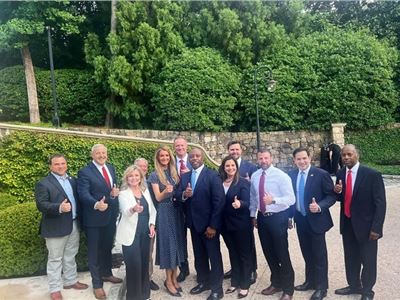As the start of the upcoming hurricane season is fast approaching, the thoughts of Irma and Maria of 2017 are still fresh on our minds as the recovery efforts are still ongoing in the territory.
Many lessons that were learned in preparedness and recovery are still needed to be implemented across the private and government sectors.
Recently, the New York Post reported that our island neighbor Puerto Rico is luring technology developers and consulting firms to prepare for the upcoming hurricane season.
As quoted in the article, “The biggest crisis after Maria was communication,” said Nazario Lugo, president of Puerto Rico’s Association of Emergency Managers. “That unleashed an endless number of problems.”
Now several groups in communications and technology solutions providers, including my firm, Pulse Technology Solutions (www.pulse.tech), are trying to prevent a repeat of what happened the next time a major disaster strikes. They are roaming Puerto Rico with laptops, transmitters and drones to test new systems that could help survivors and first responders communicate with the proper authorities and speed up response times to minimize the number of systematic failures such as with communications and technology in general.
After the November elections, my firm has been in discussions with associates of the newly elected administration. In these conversations, it is apparent that the Honorable Governor Albert Bryan, Jr. and his administration appear genuinely committed to embracing and implementing a collaborative effort and approach with the public sector and government agencies to embrace as well as activate and provide robust technology along with communications initiatives that would support a more scalable-modernized, resilient and digital Virgin Islands.
Irma and Maria have given the Virgin Islands an opportunity to rebuild improved and stronger communications, infrastructure and technology platforms , but we must also act to implement and remove the traditionally clogged bureaucracy.
Based on the 2017 USVI Hurricane Recovery and Resilience Taskforce Report, the top issues shared in the report were challenges with communications with the general public, businesses and the government along with continuity issues due to sub-par technology and communications—issues that lasted in many cases numerous months.
Even today there are still communications issues affecting the public as the government operations are impacted as their phone systems keep failing.
Additional communications and technology topics cited in the report pointed out the following deficiencies:
* Lack of micro-grids for communications and notifications after a major storm.
* Limited availability of satellite phones or internet connectivity.
* Issues with the 911/First Responder communications.
* Government data and server destruction with no cloud backups and lack of continuity via virtualized servers.
It is important to note that the Virgin Islands has secured a highly significant amount of funds to correct, rebuild and implement more modernized communications and technology initiatives.
A path forward…. So, what can be done now for Strength, Resilience and Resourcefulness… To be VIStrong, the following is a high-level listing of how we Virgin Islanders and the government can be properly prepared:
Technology Continuity
Preparations should include:
* Satellite phones.
* Move to a cloud (internet)-based phone service (VoIP) for all government agencies that provide failover and redundancy capabilities.
* Install secondary satellite internet connections (VSAT)—either as fixed or portable units for voice and data communications.
* First Responder devices (FEMA utilizes these from our firm) that deliver location-based tracking, messaging and lifesaving S.O.S. GPS units.
* Fleet or Asset tracking for accountability to insure proper police, fire and EMS presence to communicate with a cloud-based e-911 platform for inter-department communications before, during and after a storm.
* Continuous off-site-cloud backup of data, applications and server images.
* Cloud servers for continuity.
* The ability to restore IT operations in the cloud and/or at a sufficiently storm-safe site—possibly in one of the two new hurricane bunkers/shelters being built at Marriot’s Frenchman Reef and Sugar Bay. This restoration may require evacuation of key IT personnel out of a storm so that they can continue to work remotely from their laptops (via satellite broadband) even if the area’s mobile data services are interrupted
* Website posting that alerts customers and partners about storm preparations—along with frequent post-storm updates that allow visitors to track the progress of any necessary recovery.
People Continuity
Major storms can affect entire regions for an extended period of time. Business and government continuity plans should include:
* Availability of a sufficiently distant inland facility—along with any temporary housing necessary for key employees whose homes are also in the path of a storm. Again, this could be at Sugar Bay or Frenchmen’s Reef once construction of their hurricane bunkers/shelters are completed.
* Internal communications for keeping employees updated on resource availability, recovery status, etc.
* Any necessary third-party contracting for shipping/receiving, mail processing, duplicating, etc.
Process Continuity
In the event of a regional disaster, in addition to making sure their own operations continue uninterrupted, businesses and the government should be prepared to help their nearby customers and partners get through the crisis. Planning should thus include:
* Communications in advance with local/regional customers, suppliers and vendors whom may also be impacted by the storm. This communications should include alternative mobile contact numbers.
* Pre-determined policies regarding order turnaround times, invoice processing, scheduled service visits and other activities likely to be affected by the storm.
* Direct servicing of customers by supply-chain partners, where appropriate and feasible.
The challenge that we’re facing isn’t the technology, the technology is there; it’s changing the standards of practices and the best ways of utilizing them. It all comes down to culture and making the leap to implement in the most efficient manner.
These solutions can and should be implemented in the Virgin Islands so that the territory continues to strive toward the progress and prosperity we all deserve.
If we focus on enhancing our technology and communications, it will also create more local jobs, training as well as business recruitment, expansion and development for other local entrepreneurs and consultants to launch new businesses in the territory.
James Ritter is the Founder and CEO of Pulse Technology Solutions of the Islands based in St. Thomas along with offices in San Juan, Puerto Rico and Florida.
Pulse, a communications and total technology solutions company that can provide all of the solutions mentioned in this article, has been working extensively in Puerto Rico and Florida in both the public and the private sectors providing reliable and proven communications services, technology project management and implementation as well as disaster recovery and continuity consulting. For more information, call 340-423-1203, email usvi@pulse.tech or visit www.pulse.tech
- Tags: pulse technologies akamanta
- Categories: Business Tech Government News Things To Do


